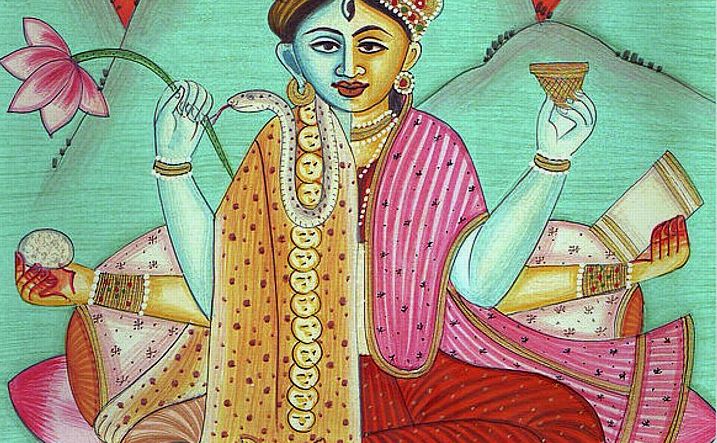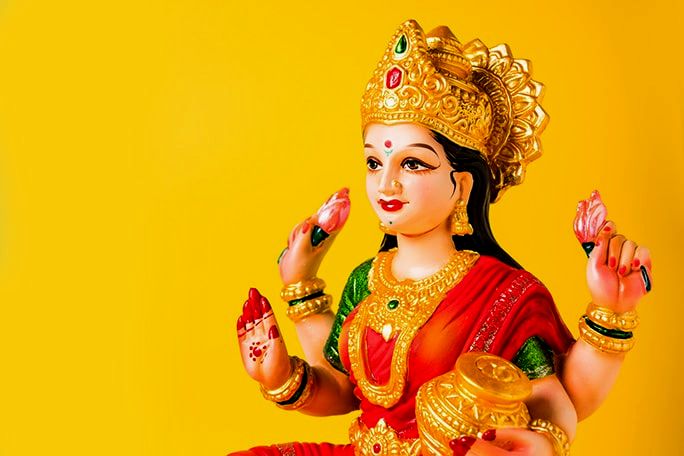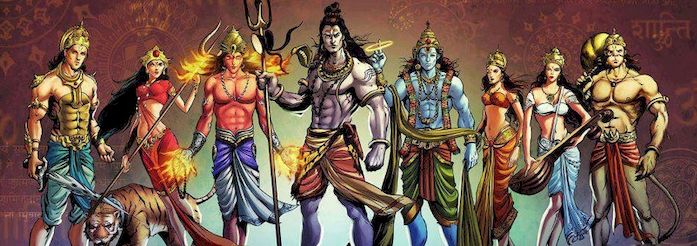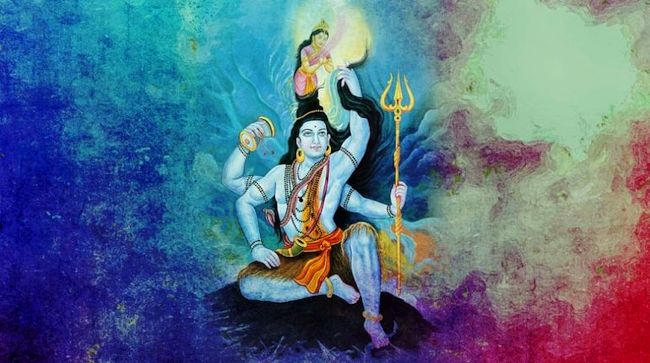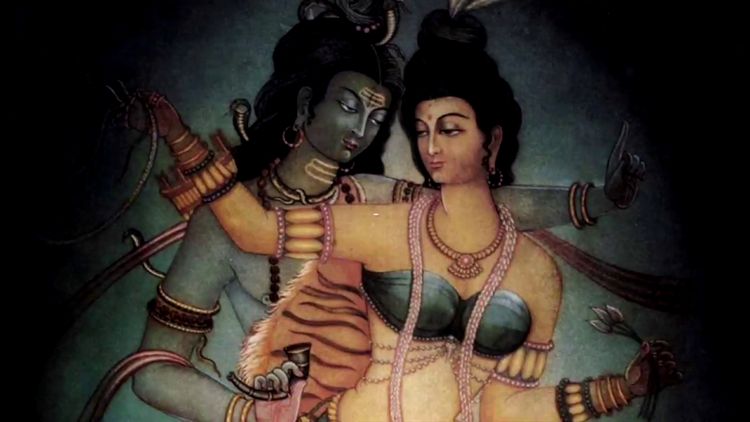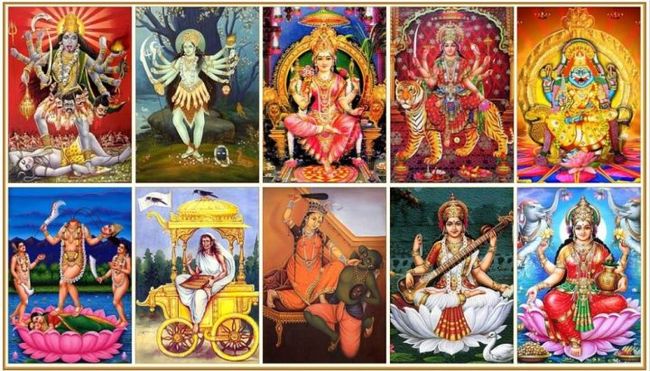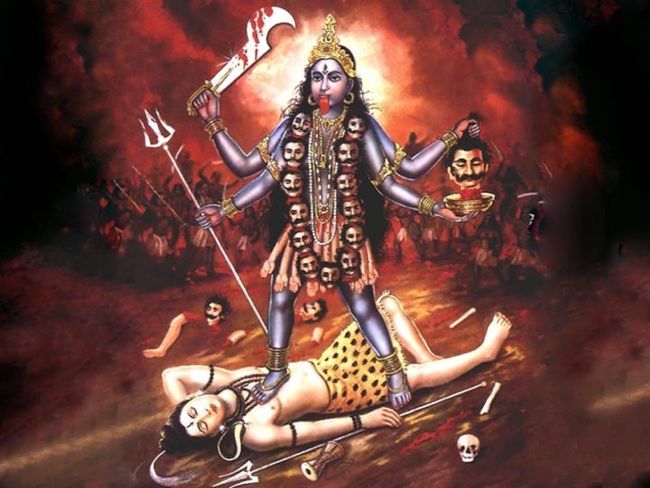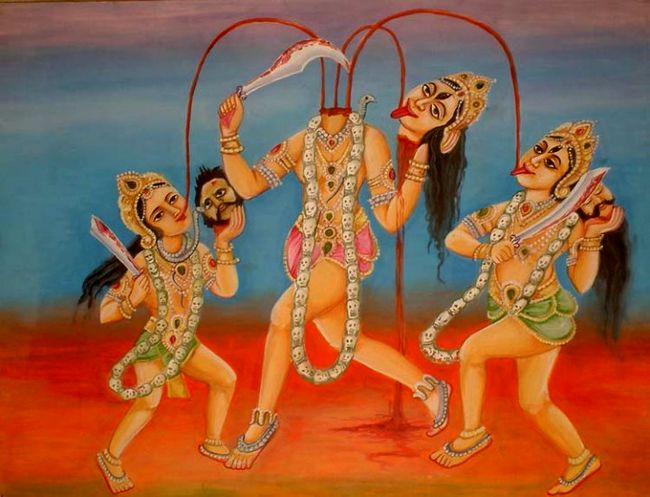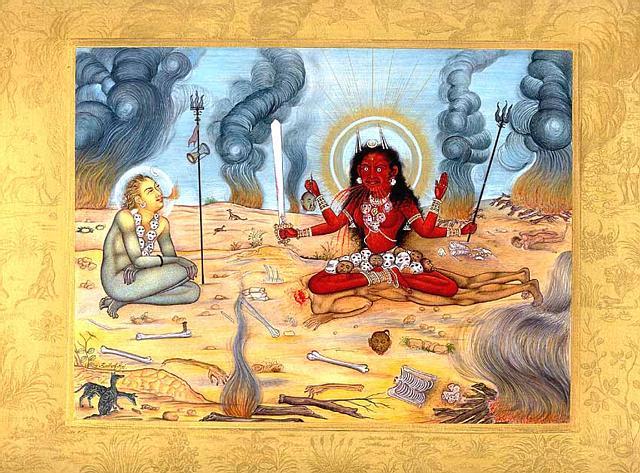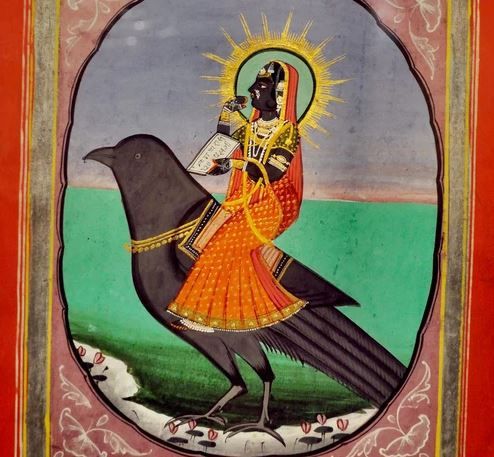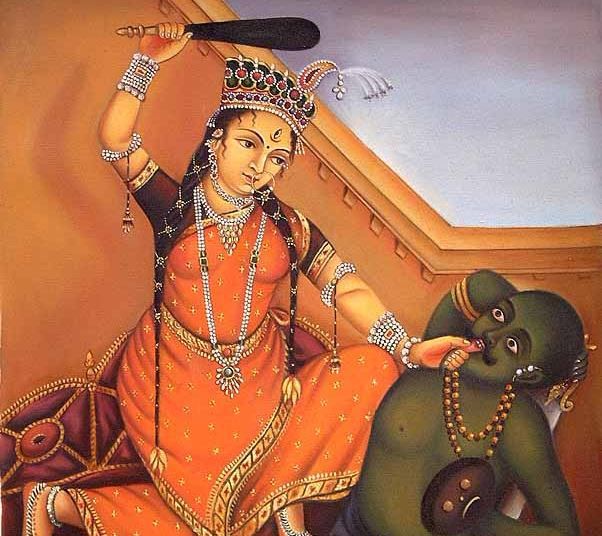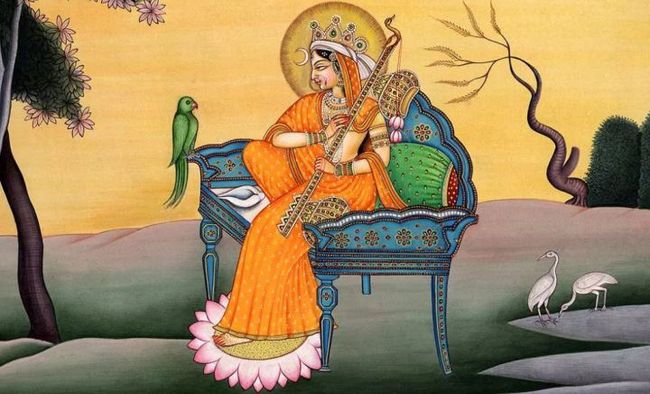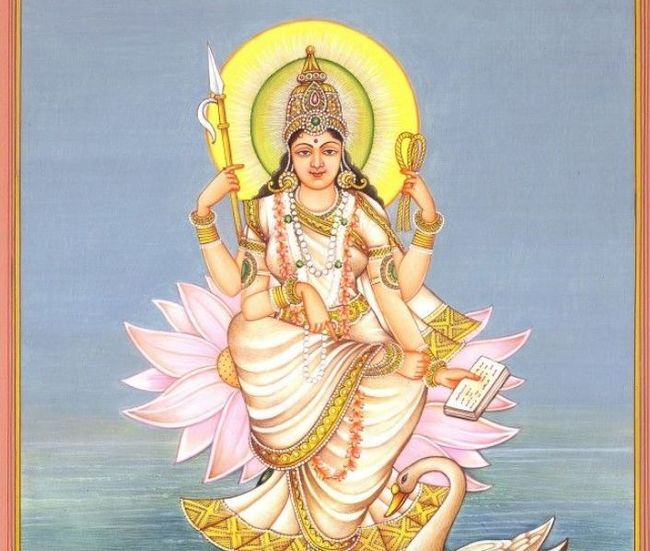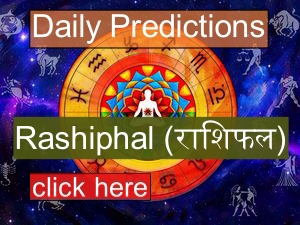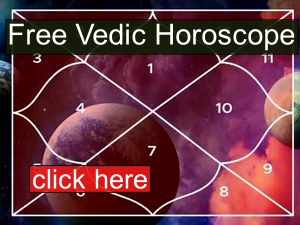Bhuvaneshvari
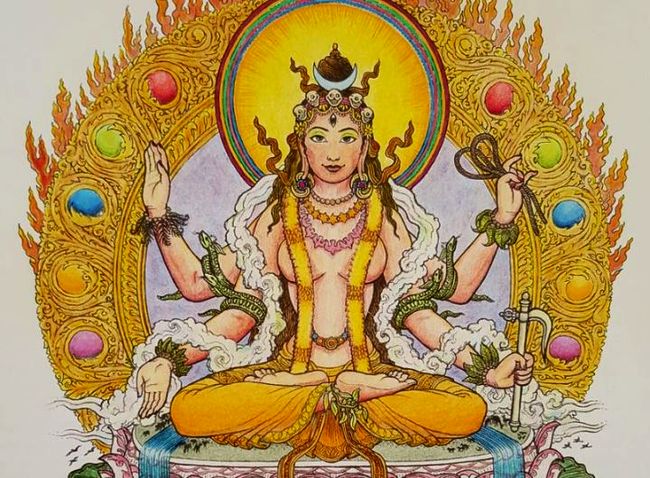
The fourth Mahavidya is Bhuvaneshvari, whose form closely resembles that of Tripurasundari. Her name consists of two elements: bhuvana, which means this living world—a place of dynamic activity—and isvari, which means the female ruler or sovereign. The name Bhuvanesvari is most often translated as “Mistress of the World,” but bhuvana is more than the earth we stand upon. It is the entire cosmos, the bhuvanatraya, consisting of the heavens, the atmosphere, and the earth. Because this is a living, dynamic phenomenon, Bhuvanesvari embodies all its characteristics and their interaction.
She is called Mahamaya (“she whose magical power is great”). Maya here is the power to create a magical appearance for the delight of the spectator; that is what a magician does. She is called Sarvarupa (“she whose form is all”) and Visvarupa (“she whose form is the universe” or “she who appears as the universe”). All that we experience in this life is, in fact, the Divine Mother. As Bhuvanesvari she is consistently associated with the here and now.
According to “Pranatoshini Grantha”, Brahma had the desire to create the Universe, and he did intense Tapasya to invite the energy of Creation, Kriya Shakti. Parameswari, pleased with his Tapasya responded to his invitation and came as Bhu Devi or Bhuvanesvari. She is red in color, seated on a lotus flower. Her body is resplendent and shining with jewels. She holds a noose (paasham) and a curved sword (ankusham) in two of her hands and the other two assume the mudras of blessing and freedom from fear. She resides in Shiva’s heart. Bhuvanesvari is the Supreme Empress of Manifested Existence, the exposer of consciousness.
Essentially, Bhuvanesvari, by her all-pervasiveness and identification with the universe, invites us to cultivate an attitude of universality.
Comments
No posts found





